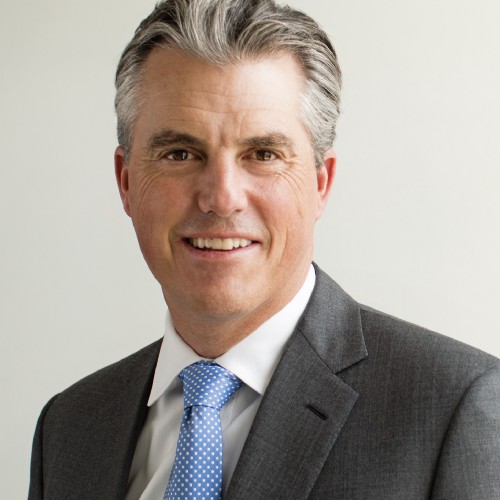The future of work is a big idea. Concerns over flexibility, carbon emissions, remote employment, and an increasingly globalized and digitized economy are propelling conversations around what it means to work and how we do it. Models are shifting under our feet and technology has and will continue to change what it means to be in a workplace, even what it means to be a worker. Just look in the press–every other article engages with these topics, from the evolution of AI to the classification of employees and independent contractors to the questions surrounding the workplace provider WeWork. All of these fascinations underscore a movement that is breaking down old models to get at the heart of what drives successful companies and work communities.
What is undeniable is that our workplaces have become more virtual and the face-to-face collaboration that was a staple for the “Madmen” generation is now scarce. Even when we ARE in the office, our virtual calendaring systems have filled up our days with structured calls and meetings, where everyone wears their game face and does their best to perfectly articulate and accentuate points so that their voices are heard, their strength amplified, and their worth to the organization is brightly displayed like peacocks in a zoo. This merry-go-around that is called “work” runs the risk of becoming a sterile environment rampant with distrust, the cancer that kills productivity. I’ve witnessed firsthand the stagnation that can occur when company culture promotes busyness over business and competition over connection.
With the increasing number of remote workers and flexible work policies (both positive and necessary trends) we run the risk of amplifying this meeting overload and disconnect because the only time you may interact with coworkers is on a conference call. However, it’s possible to design points of connection for remote employees and teams spread across multiple offices. I experienced this for myself on a call last week with Bluewolf’s B.Ready team, the team whose primary purpose is training and advanced professional development, alongside designing programs and initiatives meant to deepen bonds of trust and connection within the company.
This wasn’t an ordinary conference call. In fact, by some measures, it could have been considered a complete waste of time. The hour it consumed produced absolutely nothing. There were no follow-ups, no action items, no decisions made, no keen observations documented. No one was hired, fired, or promoted. We didn’t discuss customers. We didn’t look at numbers. We followed a very loose agenda, which was moderated by a single individual.
Our call was a bi-weekly exercise that our B.Ready team performs entitled “Virtual Coffee.” Once we were finished, I reflected back on the hour and came to realize its brilliance.
So where does virtual coffee come in? Virtual coffee is the place where virtual teams can hang out and shoot the breeze. It’s where our B.Ready team can be their true selves in front of their closest peers. We answered two questions throughout the hour, each of us sharing one by one. The first was, “What makes you weird?” and the second was “Name a recent experience that you have had with a great product.” Everyone was dialed into Webex so that their faces, physical backgrounds, and body language could be observed by the group.
There was laughter, learning, common ground, embarrassment, storytelling, sympathy, empathy, and love that permeated this hour. It was no different than corralling a few fellow workers in the office and heading out for coffee or gathering in the company kitchen for a few moments of levity.
Here’s what we can learn most from “Virtual Coffee”: if companies are going to benefit from the convenience and flexibility of virtual work, they need to work doubly hard to keep the human connection that happens naturally in a traditional office environment, where connections are made and trust is built because human beings naturally crave a certain level of interaction that is tougher to achieve virtually.
Virtual Coffee gave us a spontaneous platform to interact without the typical burden of a scheduled call. It made my week. And it’s a little nugget that hopefully helps you deal with the future of work and building strong, flexible, diverse teams that are ready to handle whatever that future brings.


